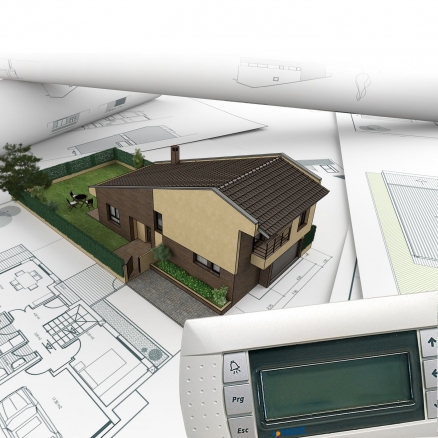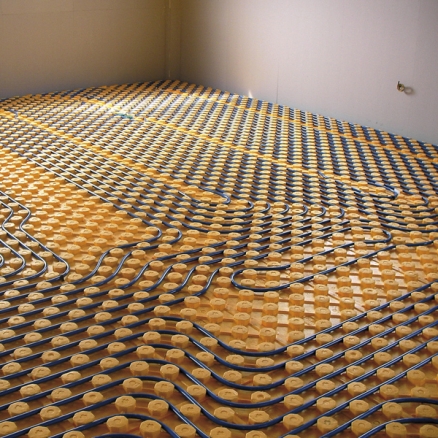To begin the journey to a more affordable, comfortable, beautiful and safer home today, simply complete the contact request form or phone us direct. We look forward to answering your questions!
Underfloor Heating - Performance and Costs
At Radiant Heating and Cooling Solutions, We Set Ourselves Apart
Our mission is to offer the latest technological advances in hydronic climate control solutions.
Learn moreNews
View allLet's work together
We work with stakeholders at all levels and engage with consultants, architects, engineers, homeowners, building contractors and tradesman.
Enquire now


















